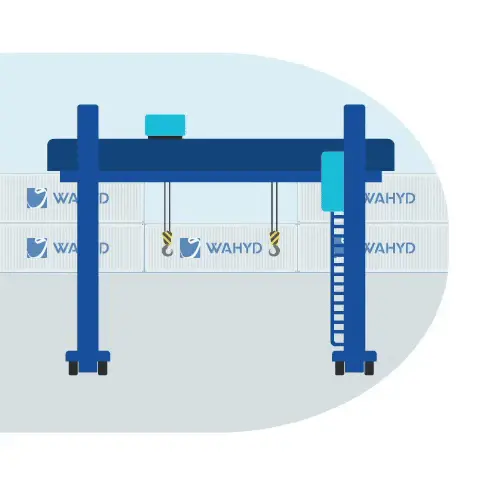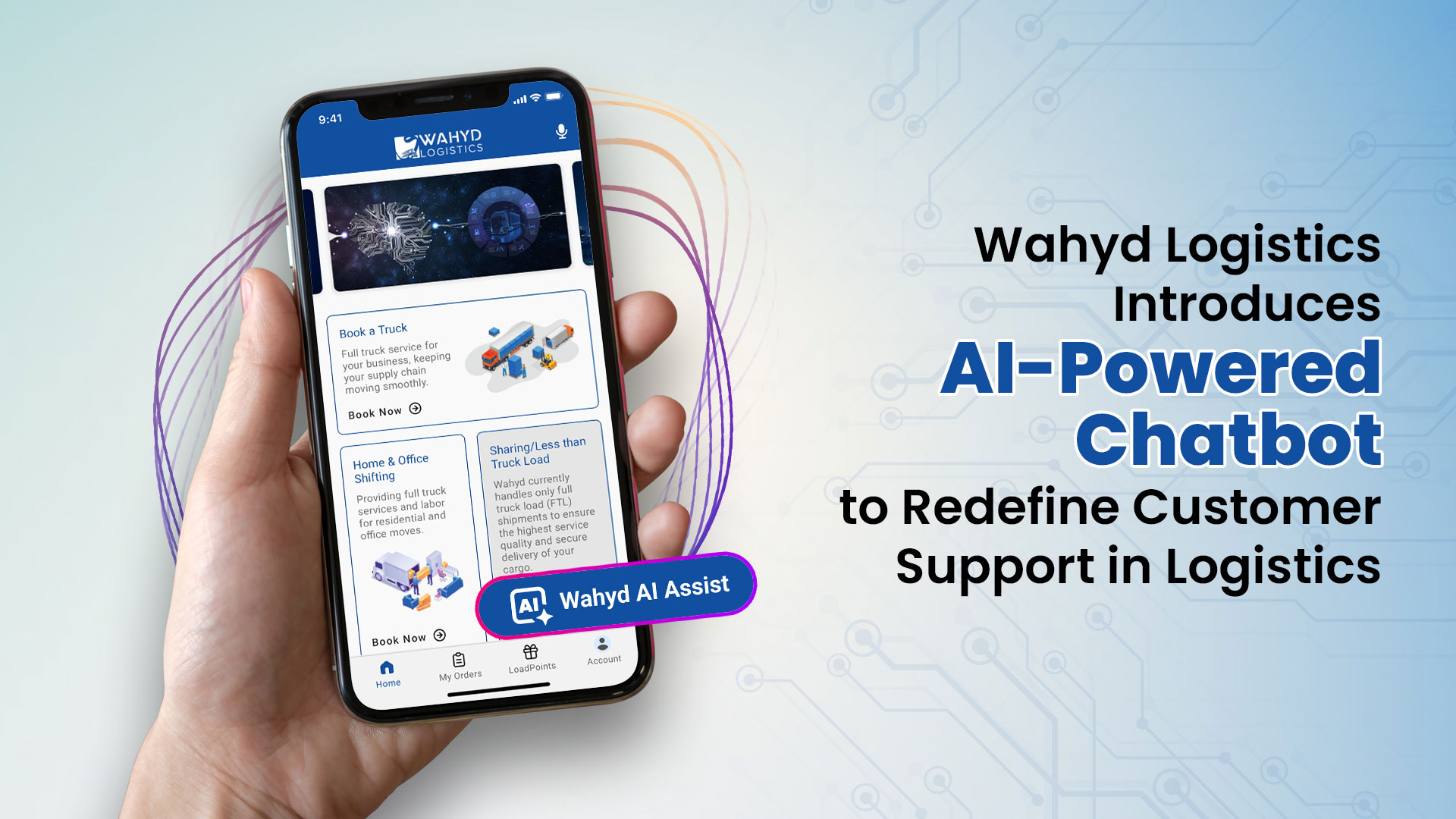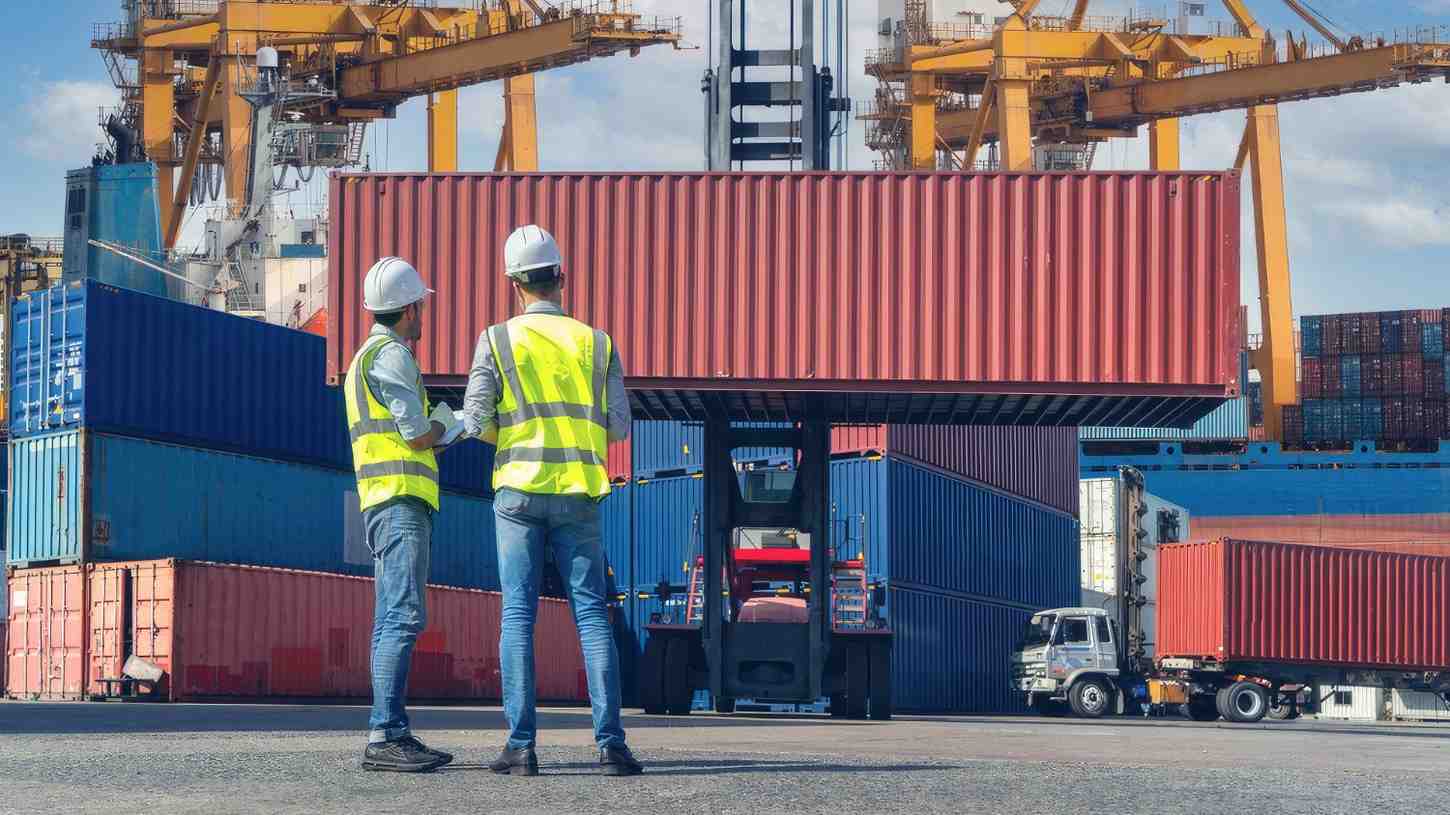
Every mile is important in the transportation and logistics sectors because it has to do with business operations in those industries. For this reason, every deliverer is out searching for how they can save money, make more profits, as well as ensure their operations run without any hiccups. Securing guaranteed return loads is one of the most successful strategies to attain these objectives, as it ensures that goods are moved from one destination to another on the same vehicle thus cutting down on empty miles and improving overall productivity. The main role of guaranteed return loads is to enable transporters to achieve round-trip effectiveness. Let’s discuss more of these gains.
What Are Guaranteed Return Loads?
Backhauls, also known as guaranteed return loads, are remaining shipments that the transporters secure on the return leg of their trips for reasons to the destination. This practice helps to enhance transport services by ensuring that trucks never return empty after delivering commodities to their respective destinations. Transport companies benefit in many ways from this practice due to the maximum utilization of vehicles.
Why Round-Trip Efficiency Matters
Transporters require round-trip efficiency to ensure that their routes are effectively utilized for outbound and return purposes. In the absence of return loads, trucks usually return carrying no loads at all hence dashing on fuel, time as well and money which would have been otherwise used economically. To enhance round-trip efficiency, backhauls are cost-effective as they assist in:
- Cut Costs: Less empty travel means lower fuel expenses and reduced wear and tear on vehicles.
- Boost Revenue: Transporters can earn more by charging for both trips.
- Promote Sustainability: Efficient use of transport reduces the number of empty miles driven, leading to lower carbon emissions and a greener footprint.
The Benefits of Guaranteed Return Loads
1. Maximized Vehicle Utilization
Empty truck missed opportunity. Carrying a load back makes truckers use their vehicles constantly. This means that a truck’s use and every single trip become more effective when a return load is shipped.
Transporters can improve their overall fleet efficiency by ensuring trucks carry freight and travel on their way back. The ability to generate revenue for the vehicle on more hours of operation is maintained as the number of idle trucks decreases. For example, a truck that carries products from one point to another can carry other items back to the point of origin characterized by effectively using the truck’s entire return route. This full utilization results in higher profits and more cost-effective transport systems.
2. Reduced Operational Costs
Fuel costs are a significant factor for transportation companies. Transporters who do not run any return loads will commit the following mistake: they will burn fuel yet not earn anything. Transporters can have their return loads to cut fuel expenses. On top of that, driver wages and maintenance are used better when the vehicle is full either way.
There is something about operational costs and they include such things as fuel as well as other things. It consists of driver salaries, maintaining the vehicle, and also toll fees. In case a truck is empty, it remains the same amount in terms of operation costs whereas the returns decrease. As a result return trips can be secured that will always make money through guaranteed return loads. An analysis conducted by The American Trucking Association established that the per-mile cost of running an empty truck is way higher. Hence, maximizing load capacity directly correlates with reduced operational costs.
3. Increasing Profit Margins
This surplus income improves the profit margin and provides companies with a competitive edge in the market. It is an additional source of income as transporters can charge for return trips. A competitive advantage may be derived from this result including an improved profit margin.
Significant growth in a transport company’s revenues that derives from its returning cargoes has a huge impact on its account balances. Try picturing a setting in which it makes an extra 50% of what it currently earns; all it would need to do is ensure that there are goods for them to carry on their way back home. The aforementioned new income source becomes very important in boosting profits – most significantly so when considering how little money such firms make per unit of product transported. The ability to offer competitive rates to customers while still maintaining high-profit margins makes transporters more attractive to potential clients.
4. Environmental Benefits
Returning goods reduces the number of empty trucks on the roads. This then leads to reduced fuel use and emissions. Companies also get to meet regulatory standards and attract clients who are eco-friendly because they have environment-friendly practices.
Companies have to reduce their carbon footprints because they are getting more concerned about ecological sustainability. One way for transport companies to make a positive impact on the environment involves the reduction of idle kilometers that cargo trucks have to cover. According to the Environmental Protection Agency (EPA), greenhouse gas emissions can be decreased by about 10% through increasing the number of return loads in logistics. The decrease is beneficial to the environment, companies’ risky compliance demands on environmental activities, and organizations’ good business conduct records.
5. Strengthening Customer Relationships
Catering to delivery needs in ways that are elastic and efficient fosters goodwill between vendors and clients. Profit-making organizations will go for transport means that are dependable and make it easy for them to work within their set budgets. It is easier for transporters to give out better service and deliver goods on time if they get backhauls.
Having reliable logistics operations is very important in establishing solid business relationships. This is because that way customer trust is nurtured among customers as carriers can ensure that their shipments get to the right destination at the right time. Furthermore, offering return load services helps in providing more comprehensive logistical support to customers leading to long-term partnerships as well as more business opportunities. Also, efficient round-trip logistics offer cost savings that allow customers to appreciate them and make the transporters with backhaul capabilities more attractive.
6. Better Resource Management
Better planning and resource management are encouraged by securing return loads. Companies can optimize, establish more effective schedules for pickups and deliveries, and make strategic use of their fleet thereby achieving some improvement in logistics operations at large.
Proper resource organization is very important in logistics people doing the right thing. Companies should employ better planning logistics thus improving their schedules through a smart way of minimizing distance covered and time taken. The latter would enable them to get an increased number of drivers on their routes with less distance in the same period necessary for one driver to go up to some point thereby using existing resources to the maximum possible extent to prevent them from becoming empty much before they reach their end. Transport management systems (TMS) coupled with advanced route optimization programs are essential for this purpose. These technologies can examine traffic patterns, fuel efficiency as well as schedule of deliveries to make possible the most viable paths for movement leading to a reduction in idle duration among other enhanced overall efficiency when it comes to operations.
How to Secure Guaranteed Return Loads
1. Partnering with Freight Brokers
Instead of driving empty vehicles, freight brokers help transporters find loads for both outbound and return trips. Freight brokers connect shippers with transporters.
Freight brokers can be crucial in finding return loads because they have widespread connections and many years of experience in the industry. An intermediary role is played by these specialists when it comes to linking available cargo with carriers who have both capacity and willingness to deliver it from place A to B. If they collaborate with a broker company, any other transporter could take advantage of more shipping chances than before as well as get backhauls without too much struggle.

2. Using Load Boards
Freightshipers place available loads on online truck boards for transporters to find a match based on their vehicle types and routes. The return loads can be found easily using these online tools thus enhancing efficiency in round trips.
Load boards are platforms for transporters and shippers to meet. Transport businesses can easily find backhauls that match their itineraries and timetables by keeping track of these websites regularly. Most load boards can also keep transporters informed enabling prompt securing of loads through real-time updates. Popular load boards like wahydlogistics.com are essential resources for modern transporters.
3. Building Relationships with Shippers
Creating long-term relationships with shippers is beneficial since it allows ease of access to the return loads and ensures that there is consistent work. This means that by establishing a trusting relationship between them, transporters can sign more guaranteed contracts while reducing downtime in their services.
One of the best ways of getting a consistent flow of return loads is by having strong relationships with those who freight items that frequently need to be returned. This is possible because if a shipper knows that you will always deliver his/her items in good condition and on time; they may give you more work such as return loads regularly. To make sure that there is no misunderstanding within these relationships it is important to provide good customer service, deliver punctually at all times as well as be available for any query at all times. It also fosters beneficial connections by building networks at social gatherings for professionals related to the transport and logistics sector.
4. Investing in Technology
Route optimization software and transport management systems assist in planning efficient routes as well as scheduling pickups and deliveries, thereby identifying possible return loads and streamlining operations related to logistics.
Modern logistics heavily rely on technology. Transport management systems (TMS) and route optimization software can go through heavy data that eventually lead to the finding of suitable routes and schedules. Consequently, traffic situations and fuel consumption levels about delivery timing can be predicted by using this system and as a result, it assists in attaining return loads and making transport operations more effective at any given time possible. Also investing in such technological inventions not only enhances performance but ensures that the logistics industry remains on top competition-wise.
Real-Time Statistics and Industry Insights
- Trucks Drive Empty for 20% of Mileage: According to the American Trucking Association (ATA), trucks in the US drive empty for approximately 20% of their total mileage. This statistic highlights the potential for optimization through guaranteed return loads, which could significantly enhance efficiency in the trucking industry (American Trucking Association).
- Fuel Cost Reduction with Optimized Backhauls: A study by Frost & Sullivan indicates that optimizing backhauls can lead to a reduction in fuel costs by up to 15%. This optimization can have a substantial impact on the profitability of transport operations, offering significant cost savings for trucking companies (American Trucking Association).
- Reduction in Greenhouse Gas Emissions: The Environmental Protection Agency (EPA) reports that improving truck efficiency through optimized backhauls can reduce greenhouse gas emissions by up to 10%. This environmental benefit is particularly important as the logistics industry increasingly focuses on sustainability initiatives (American Trucking Association) (American Trucking Association).
Conclusion
If transporters can secure guaranteed return shipments, this would represent a useful innovation for them that would ensure that more return cargo loads are available, increase earnings, minimize expenses, and promote environmental clean-up. This can be through working closely or forming partnerships with freight brokers, utilizing load boards, maintaining good relations with shippers as well as adopting modern transportation technology for operational efficiencies. In a field that frequently contains small profit margins, each slightly improved procedure is important. Sustainable and profitable logistics operations shouldn’t merely consider receiving guaranteed return loads—they must embrace them completely.






